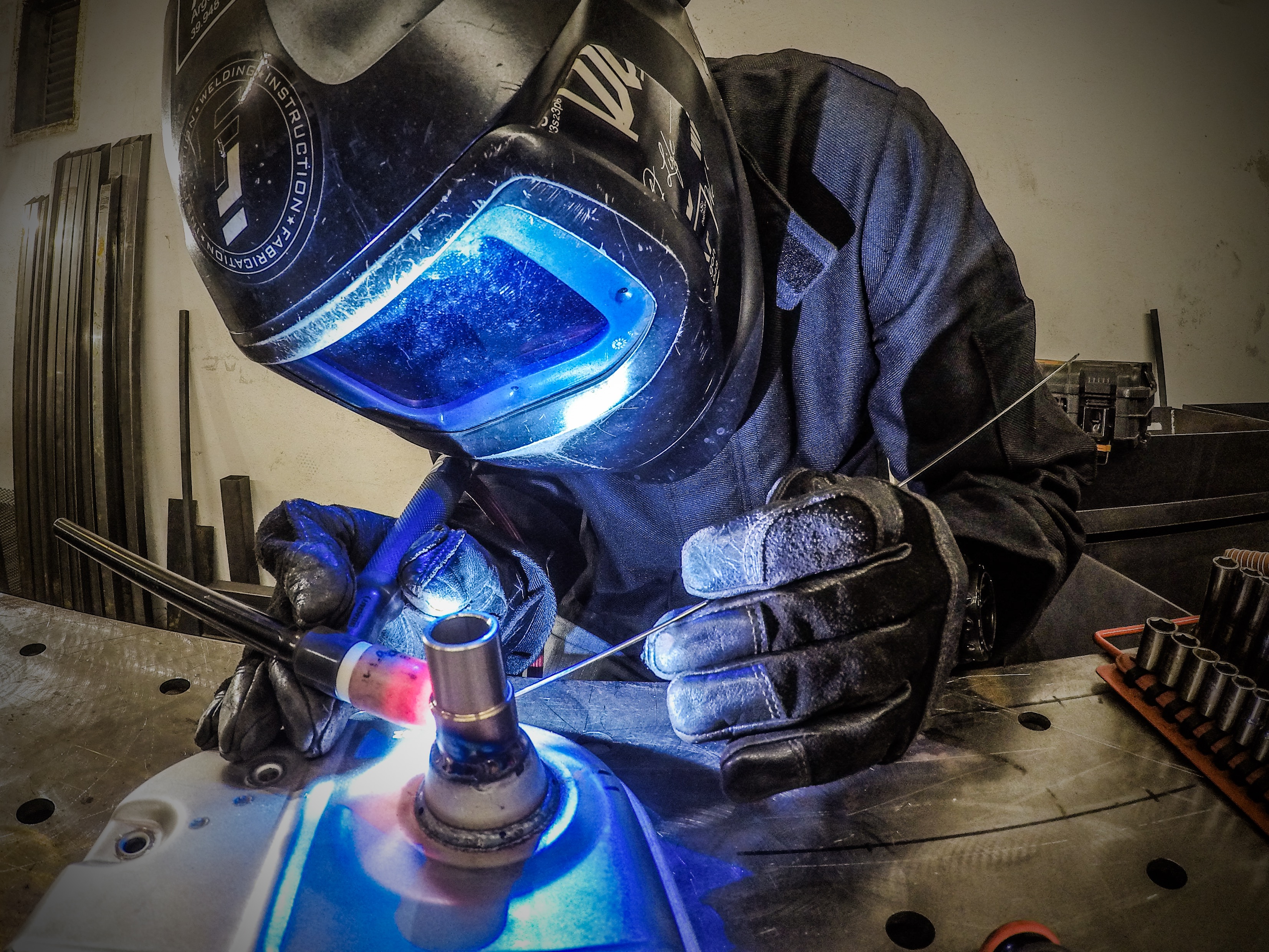
TIG Welding: What Gas to Use
When it comes to TIG welding, choosing the right gas is a critical aspect that directly affects the quality of your welds. The type of gas you use will impact the weld’s appearance, cleanliness, and overall strength. In this article, we will explore the various gases commonly used in TIG welding and their specific applications.
Table of Contents
Argon Gas
Argon is the most widely used shielding gas in TIG welding. It is an inert gas, meaning it does not react with the molten metal. Argon provides excellent protection against atmospheric contamination and helps prevent oxidation during the welding process. Due to its excellent stability and low reactivity, argon is suitable for welding a wide range of metals, including steel, stainless steel, aluminum, copper, and nickel alloys.
When using argon gas, it is crucial to set an optimal flow rate for efficient shielding. The flow rate depends on various factors, such as the torch size, welding amperage, and base metal thickness. Always follow the manufacturer’s recommendations and adjust the flow rate accordingly for best results.
Helium Gas
While argon is the go-to choice for TIG welding, helium can also be used as a shielding gas. Helium offers higher heat input, faster welding speeds, and deeper penetration than argon. It is especially beneficial when welding thicker materials or performing high-speed welding operations. However, helium is more reactive and tends to produce a hotter arc, resulting in a narrower and more penetrating weld bead.
Therefore, it’s important to note that pure helium may not be the ideal choice for all applications, particularly when working with thinner materials or certain alloys. Often, a helium-argon mix, such as a 75-25 or 50-50 blend, can provide a good compromise between penetration and heat input, allowing you to achieve desired results on various metals.
Other Gases
Aside from argon and helium, there are some other gases that might be required for specific applications. For instance, when welding reactive metals like titanium or zirconium, it is common to use a mixture of argon and hydrogen. The hydrogen in the blend helps to remove oxides that may form during the welding process, ensuring a clean weld joint.
Certain gases, such as nitrogen or carbon dioxide, are generally not recommended as shielding gases for TIG welding because they can cause contamination and adversely affect the weld quality.
Conclusion
Choosing the appropriate gas for TIG welding is essential to achieve optimal results. While argon is the most commonly used shielding gas due to its versatile nature and non-reactive properties, helium and gas blends can be beneficial for specific applications. Size, material, and weld characteristics will all play a role in determining the ideal gas or gas mixture for your TIG welding needs. Always follow manufacturer guidelines, ensure proper gas flow rates, and conduct adequate tests to ensure you achieve strong, clean, and visually appealing welds.


